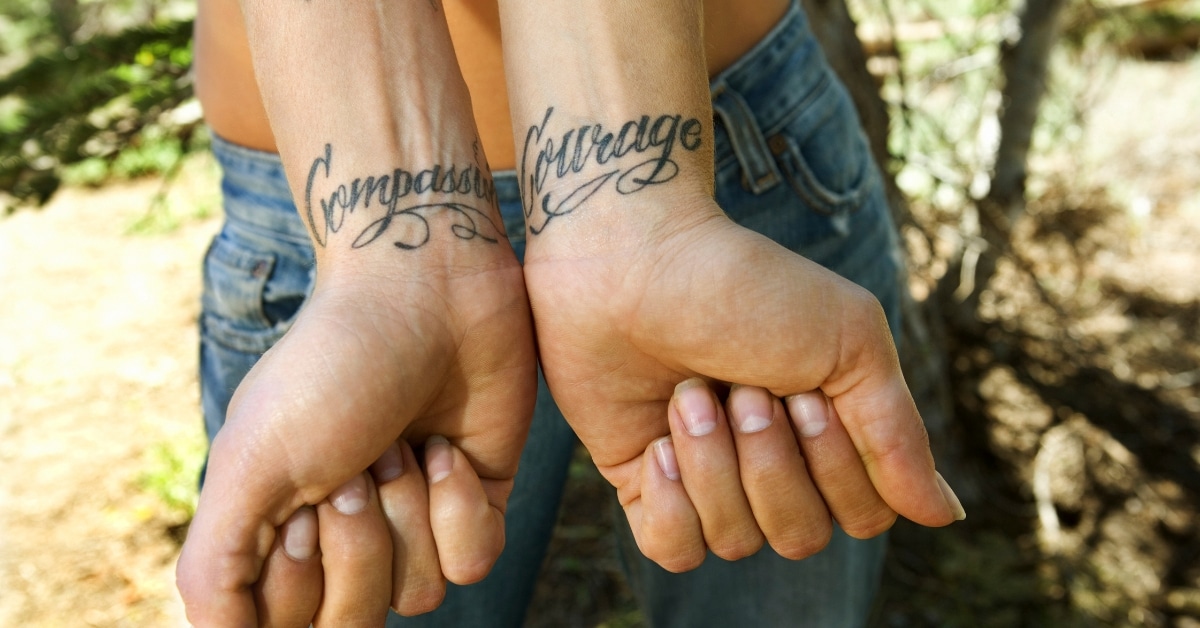Deciding to get inked on your wrist is like a total game-changer. But are you wondering about the pain factor? Like, is it gonna hurt?
Well, It’s no secret that wrist tattoos can be a bit more intense in terms of pain compared to other areas of the body.
Wrist Tattoos are delicate because of the thin skin on the inner wrist and proximity to wrist bone and nerves. It’s crucial to understand that wrist tattoo pain will depend on the design and size of the wrist tattoos and the artist’s technique.

Remember, pain is temporary, and the result is totally worth it! So, if you’re considering getting an inner wrist tattoo, just be prepared for a little extra pinch.
Let’s talk about pain tolerance, shall we? It’s important to remember that everyone’s pain endurance is different. You can ease those anxious vibes and make a well-informed decision on painful tattoos by clearly understanding what to expect.
Understanding Wrist Tattoo Pain Factors
The level of pain you might feel during a tattooing process is subjective. Why? Everyone’s pain threshold, tolerance, and sensitivity are unique.
So, what might feel like a pinch to one person could be a bit more intense for another. Let’s explore what influences our perception of wrist tattoo pain.
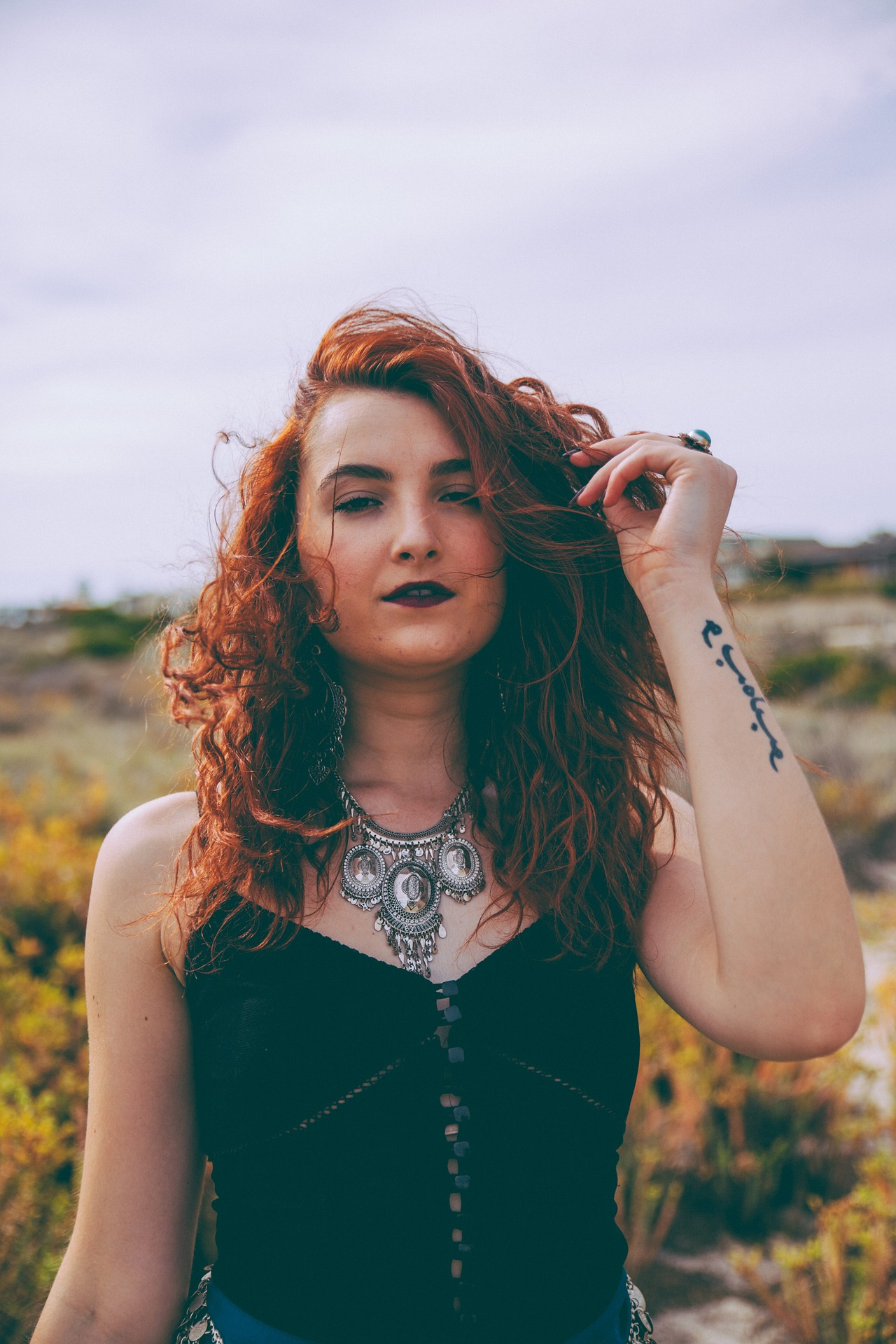
1. Skin Thickness
The delicate skin on your wrist is thinner than on other body parts. The thin skin of inner wrist tattoos is more prone to pain, and when the tattoo needle penetrates this area, the experience might be awful.
The needle’s proximity to the wrist bone may intensify the pain because it is one of the wrist tattoo pain spots.

2. Nerve Endings
The nerve terminals in your body are densely packed in the wrist. A region’s sensitivity to external stimuli, such as a tattoo needle, increases as the number of nerve endings in that region rises.
The Inner wrist tattoo is one of the most painful because the wrist has so many nerve endings.
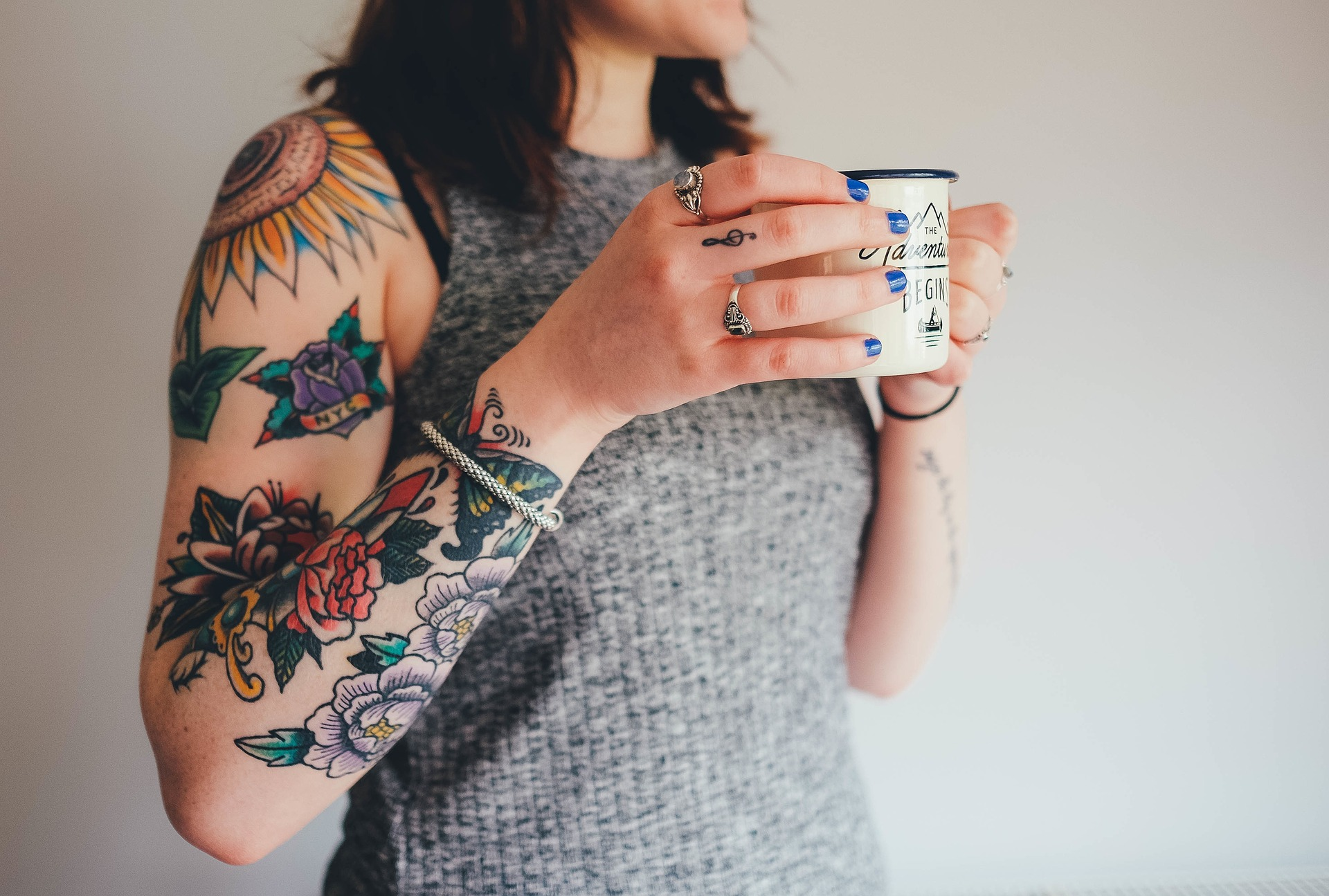
3. Pain Tolerance
Everyone has a different pain level, and how painful your wrist tattoo is will depend greatly on how much pain you can handle.
If you have a low pain threshold, you might want to get a tattoo somewhere else or mentally prepare yourself for the pain.
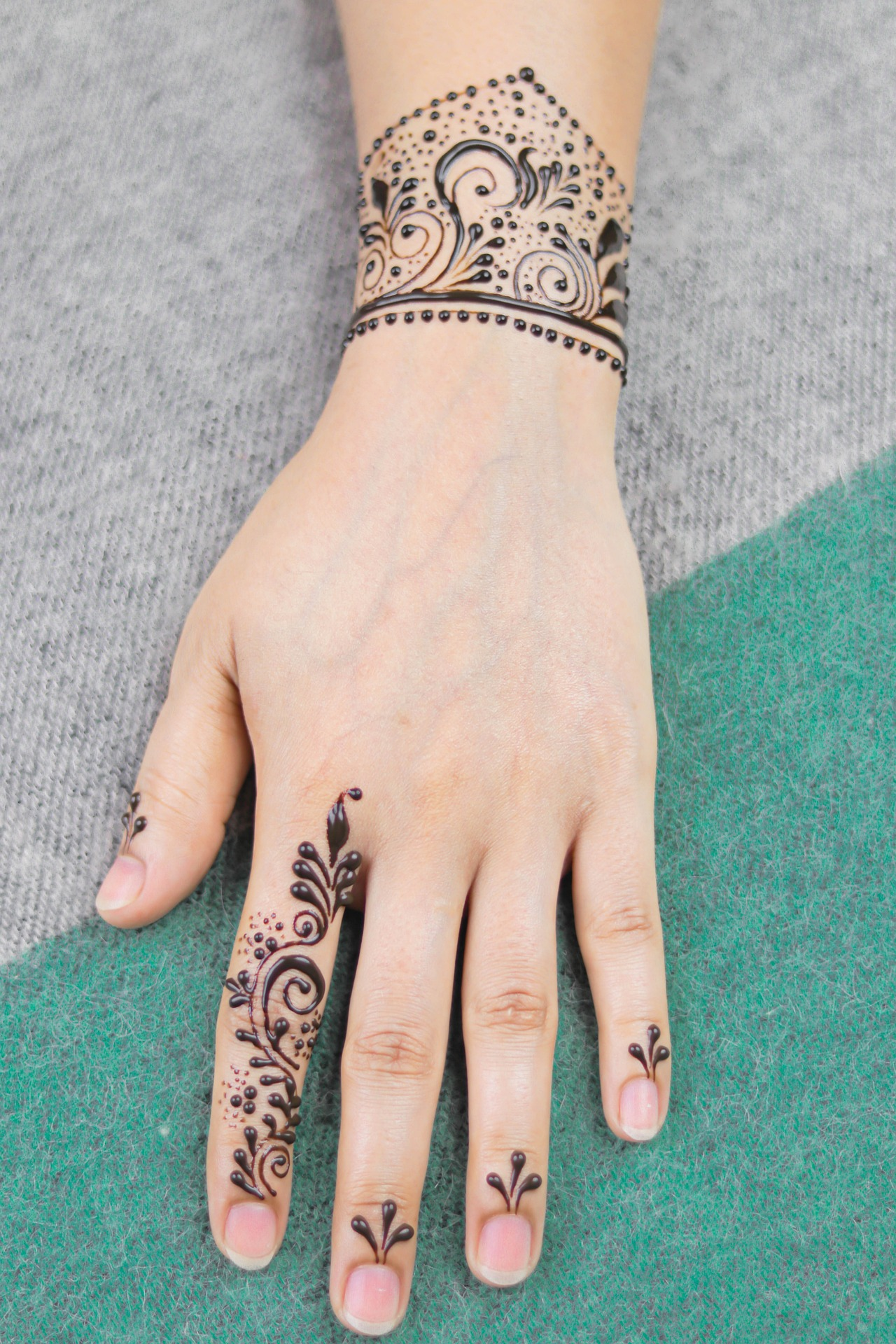
4. Tattoo Design and Complexity
Do wrist tattoos hurt? Well, the pain associated with your wrist tattoos depends on the design and complexity of your chosen tattoo.
Remember, Simple designs with minimal shading or detail will likely cause less discomfort than intricate designs with many delicate details and colors.
If you’re concerned about wrist tattoo pain, consider selecting a simpler and smaller design for your wrist tattoo. That would be a better option for you!

5. Tattoo Artist Experience
Wrist tattoo pain levels can also be influenced by the tattoo expert doing the tattoo. A skilled and experienced tattoo artist can often finish the tattoo faster, and the procedure will hurt less.
To have a more comfortable and successful tattoo experience, finding a professional with a good reputation and a strong portfolio of work is crucial.
Wrist Inks are seriously taking the world by storm! They have become super popular because they are totally visible and oh-so-versatile!
One burning question people often ask is: “Do wrist tattoos hurt?” We’ve explored all the little details that can affect how much it hurts, and Now, I’ll share some fantastic tips to make your tattoo experience more bearable.
Managing Tattoo Pain During the Session
The thought of dealing with tattoo pain can be overwhelming for many people, especially when it comes to wrist tattoos, known for being extra sensitive.
Ready to beat that tattoo pain? With solid prep and killer strategies, you can make your session more manageable!
Check out these excellent tips and tricks to rock that wrist tattoo like a pro!

1. Using Numbing Cream
Before your session, consider applying a numbing cream to the wrist area to help reduce the pain. When choosing a numbing cream, look for one specifically designed for tattoos and follow the application instructions.
Everyone’s pain tolerance is different, so what works for some may not work for others.
2. Taking Painkillers
Over-the-counter painkillers, such as ibuprofen, can help manage pain during your session. Be cautious not to take too much, and consult with your doctor or professional tattoo artist regarding proper dosage and possible side effects.
Remember that taking painkillers beforehand may only provide minimal relief during tattooing, particularly if you have a low pain tolerance.

3. Breathing Techniques
Deep, slow breaths can help calm your body during your wrist tattoo session and reduce overall discomfort.
Focus on maintaining a consistent breathing pattern, inhaling through your nose and exhaling through your mouth.
This technique can also help manage your anxiety and stay relaxed and I’ve found a meditation apps such as Headspace can really help too.
4. Taking Breaks
If you find the pain too intense, just chat with the tattoo artist and ask for a short break. Most professional tattoo artists are understanding when it comes to managing pain and will be gentle during shading and detail work.
I’ve found a brief session pause can allow you to regroup and regain your composure before resuming.
5. Music
If you’re a music lover, and even if you’re not, listening to some tunes can really help deal with the pain. It can help you zone out and drift off and personally one of my fave ways to deal with any pain.
Dealing with Tattoo Pain, Do What Works for You
Ultimately, dealing with tattoo pain is about finding what works for you. If it’s your first time, get a little numbing cream and go with the flow; see how you feel, focus on your breathing, and listen to some tunes.
But remember, everyone is different, so you will need to find what works for you.
A friendly piece of advice a friend gave me is that the pain from a tattoo only lasts for a short time.
I try to remember this every time I get inked, haha!
Now, importantly, let’s discuss a little aftercare; it’s important.
Aftercare and Potential Complications
The adventure isn’t over once you’ve slayed the tattooing session and scored that epic wrist tattoo.
Wrist tattoo Proper aftercare is the key to ensuring your tattoo heals well and keeps that vibrant appearance.

It’s super important to know aftercare needs to ensure your tattoo stays fresh for a long time! Let’s learn the importance of aftercare and explore possible complications associated with wrist tattoos!
1. Swelling and Bruising
When you get a tattoo on your wrist, it’s normal for the area around the tattoo to swell and bruise. Swelling is the body’s natural response to the trauma of tattooing, which happens as the skin recovers. It’s usually not too bad and should disappear in a few days.
You might also get bruises because the needle hits blood vessels under the skin. Even though swelling and bruises only last for a short time, properly lifting the area and applying cold packs can help relieve pain and speed up healing. If you have a lot of swelling or bruises that last a long time, you should talk to your tattoo artist or a doctor for advice.
2. Infection Risks
While wrist tattoos can be a lovely form of self-expression, it’s crucial to be aware of potential infection concerns. The skin barrier is broken in getting a tattoo, giving bacteria a way in. Follow your tattoo artist’s directions about how to take care of your tattoo after it’s done.
But if you see signs of infection, like redness, warmth, swelling, pain, or pus coming out of the marked area, you must see a doctor immediately.
Remember that if you practice good cleanliness, follow the aftercare instructions, and deal with any problems immediately, you can significantly reduce the chance of getting an infection and ensure your wrist tattoo heals safely and competently.
3. Proper Tattoo Aftercare
Taking care of your new wrist tattoo is crucial for its long-term appearance and health. Follow these steps for aftercare:
- Keep it covered: Your tattoo artist should place a bandage or plastic wrap over the tattoo. Remove it per your tattoo artist’s instructions, usually within a few hours to a day.
- Clean: Gently clean the tattoo with mild, fragrance-free soap and water. Pat the area dry with a clean towel.
- Apply a thin layer of ointment: Use a thin layer of antibiotic or specialized tattoo ointment to promote healing.
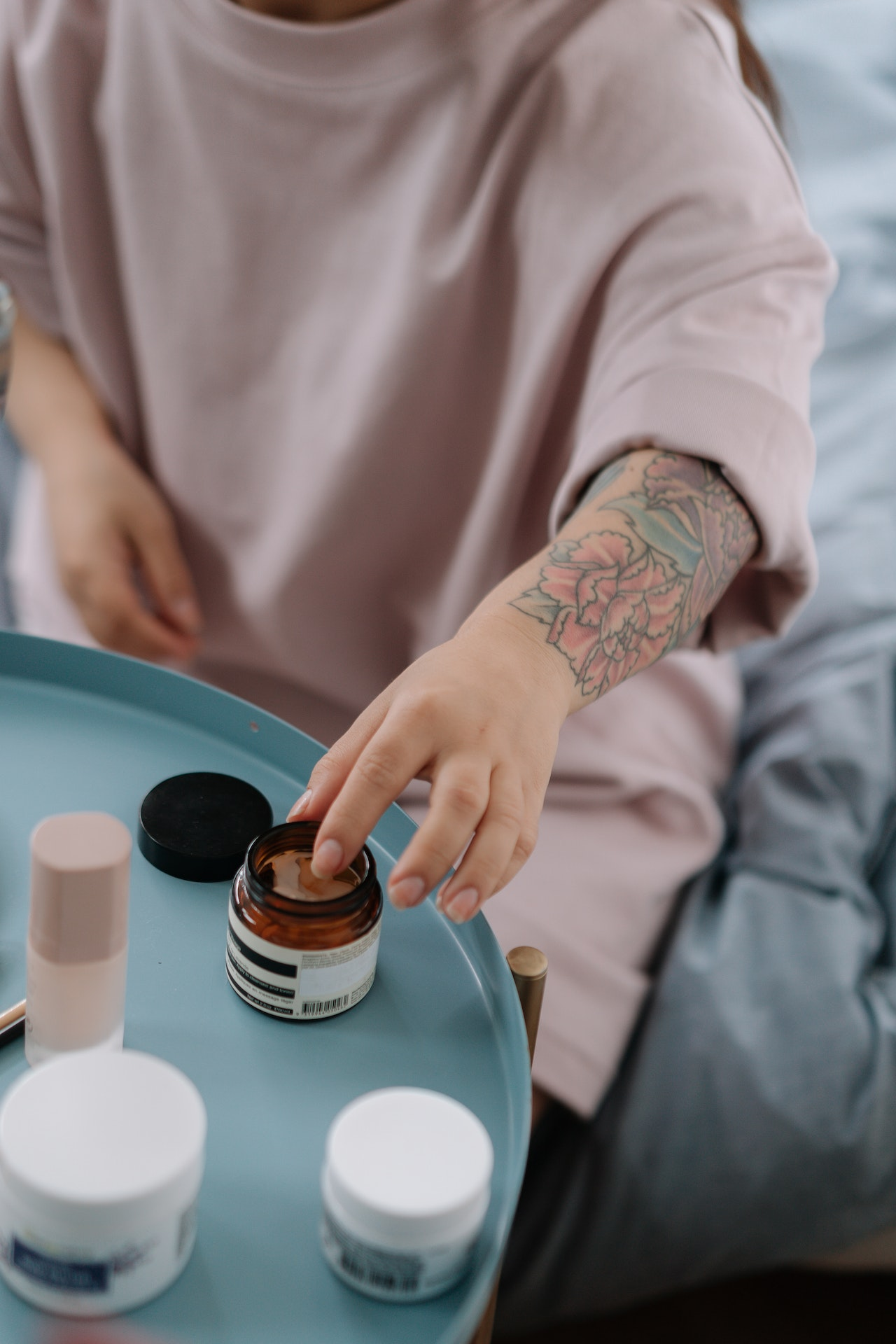
- Moisturize: Apply a thin layer of recommended tattoo-specific lotion to keep the skin moisturized and prevent excessive drying.
- Avoid sun exposure: Shield your tattoo from direct sunlight, as UV rays can fade colors and cause irritation. If exposed, apply sunscreen with high SPF to protect the area.
4. Long-Term Healing Process
The healing process for wrist tattoos can take several weeks, depending on factors such as the size and complexity of the design, your body’s healing abilities, and your adherence to aftercare instructions. You may experience sensations such as stinging, burning, or itching during the first few weeks. It’s essential to follow the aftercare instructions provided by your tattoo artist and avoid picking at scabs or peeling skin.
As your wrist tattoo heals, some fading or change in appearance may occur due to skin stretching and ink settling. Take care of your tattoo by keeping the area clean and moisturized, avoiding sun exposure or tanning, and refraining from using abrasive products or alcohol on the area.
In conclusion, while wrist tattoos hurt and have a higher risk of complications, proper aftercare is crucial to minimize these risks and ensure a positive outcome. Following the guidelines outlined above and consulting with your tattoo artist, you can confidently enjoy your new body art.

Final Thoughts
In the world of wrist tattoos, the fusion of art and self-expression gives rise to a canvas of deep personal meaning. From that first needle touch to the final stroke, it’s just a quick moment of discomfort for a totally rad and everlasting work of art.
Furthermore, it’s a beautiful way to express your unique story, passions, and memories, and beyond the ink, your dedication to aftercare is the key to keeping this one-of-a-kind piece of you looking fresh for years to come.
Really, It’s all about embracing the temporary pain to create something truly amazing that will be with you in every step of this crazy journey called life.
Pain is a small part of the process of getting a tattoo. Even though tattoos on the wrist may hurt more because of the shape of the area. But trust me, this pain is usually doable and short-lived.
Knowing what makes a tattoo hurt, talking to your tattoo artist about it, and using pain management skills can help make getting a wrist tattoo a better experience.
Go Get It, and Happy Tattooing!
